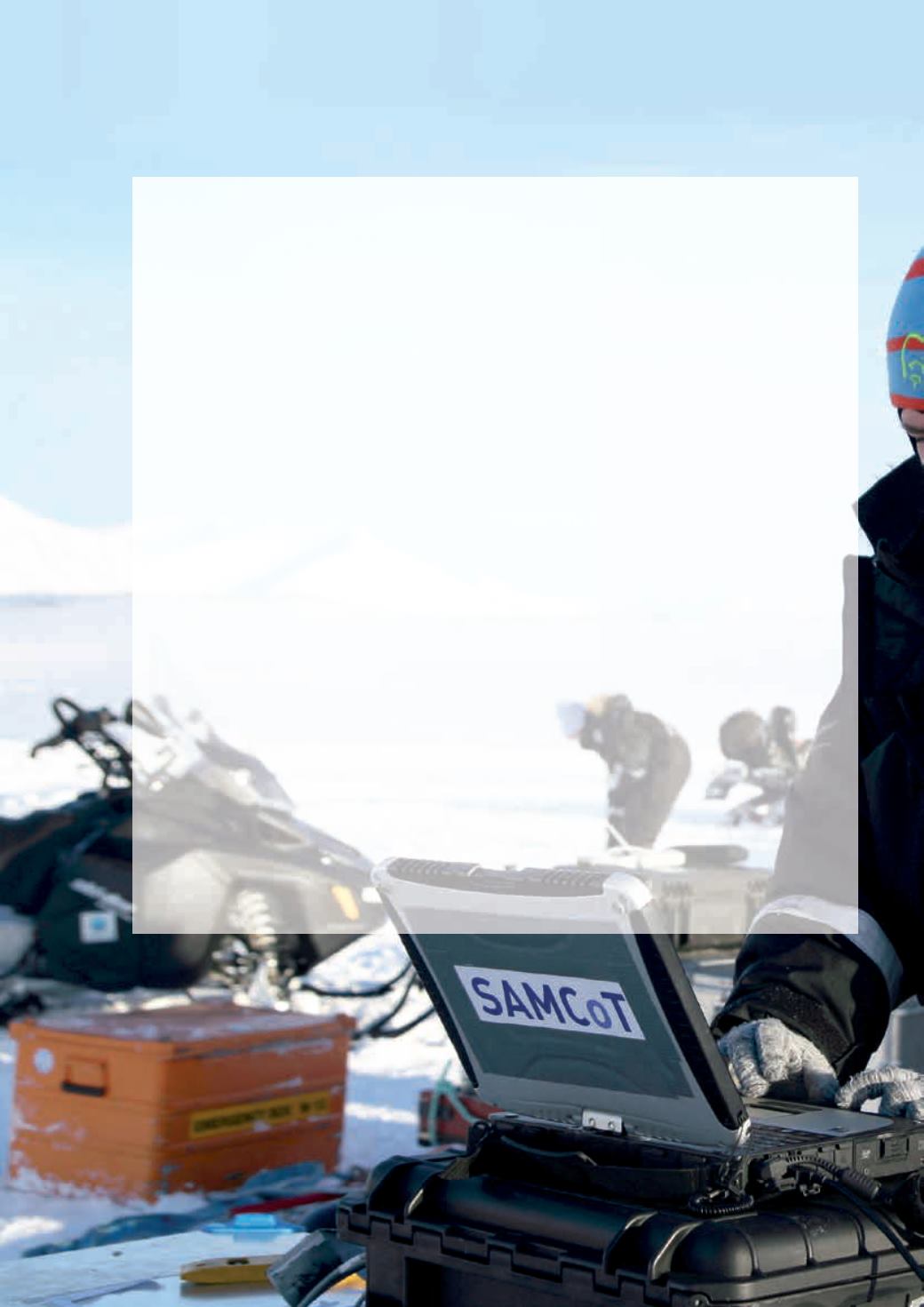

text
RUNA A. SKARBØ
is the lastes addition to SAMCoT’s WP4 team of researchers. She
started her PhD work in October 2015 as part of a collaborative project between the
Centre for Integrated Remote Sensing and Forecasting for Arctic Operations (CIRFA) and
SAMCoT. CIRFA is hosted by the Department of Physics and Technology at UiT – the Arctic
University of Norway.
Her topic of research is ice drift prediction and the mitigation of impact from sea ice on
marine operations. The goal of her research is to use observations to produce a model to
predict the ice drift around a vessel operating in the Arctic. Information about ice drift is
required to perform efficient and effective ice management operations. This model will
eliminate the need to place physical tracking beacons on the ice, which is both expensive
and has a high risk as they are often lost. The predictions are based on a combination of
regional ice drift data retrieved from synthetic aperture radar (SAR) satellite images and
local ice drift data obtained from radars on the vessels.
Since her arrival at NTNU, Skarbø has focused on defining her PhD project plan, including
studies on a research cruise in the Arctic Ocean in 2014. In addition, she has completed
different courses to gain a further understanding of ice mechanics and the fundamentals
of ice drift in the Arctic Ocean. After just a couple of months, Skarbø was ready to start
working on publications, hence the conference paper she will submit for the 23rd IAHR
International Symposium on ICE 2016 on drift prediction of icebergs and ice floes in the
Greenland Sea.
Companies performing offshore activities in ice-infested waters show great interest in
iceberg drift prediction due to the severe consequences of an iceberg-structure collision
and because its prediction presents a great challenge. This is due to the fact that iceberg
drift prediction is mainly dependent on ocean currents which are not well known in the
Arctic. Skarbø’s publication looks at whether the drift of icebergs can be modelled using
information about the drift of ice floes nearby. The drift of sea ice is easier to predict, as it
is mainly affected by wind, which is better known in the area..
44
SAMC
o
T
• ANNUAL REPORT 2015
Photo: Tom Willems
















